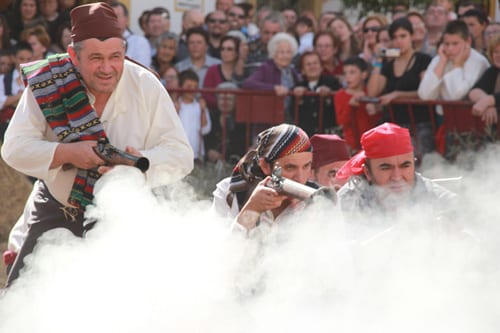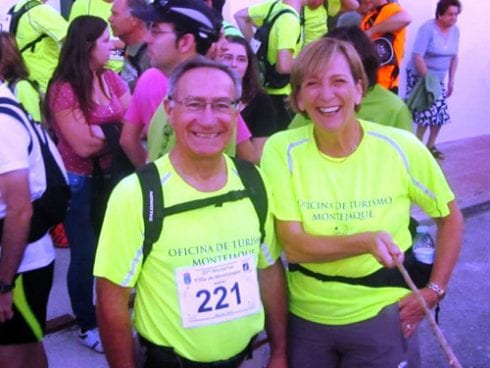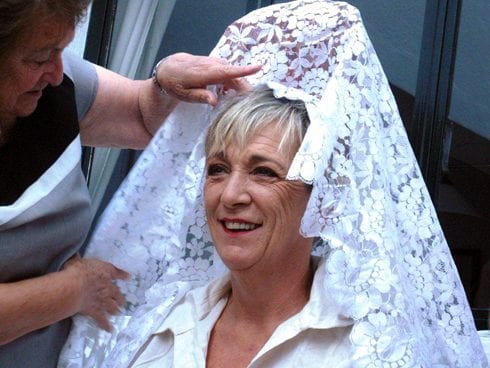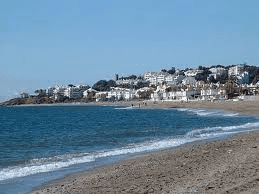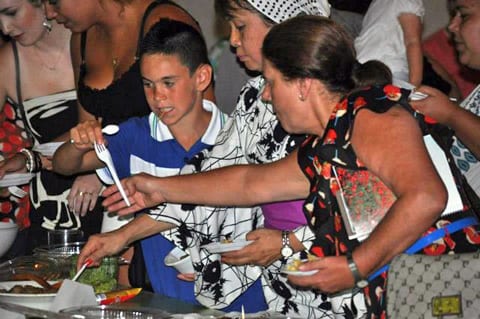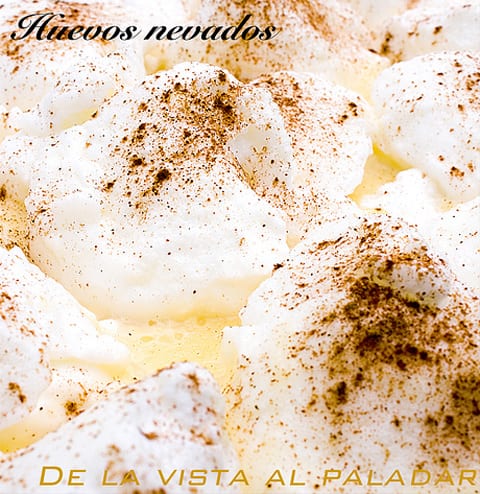ON Saturday and Sunday, November 10 and 11, 2012 the villagers of Montejaque in the Guadiaro Valley will be re-enacting, for the third successive year, the drama of the Batalla de la Puente.
Here is a brief history:
1810 was the year of ‘the brigands’ – or bandits, as the French called the mountain men. Some became part of the Spanish army in 1811, but most of them returned to their villages and fields. These so-called bandit patriots formed the most effective army in the destabilization of the War of Independence, but they did not receive any kind of decoration or military reconnaissance mention, as they were the protagonists of the war in the mountains.
Women throughout the serrania played an exemplary patriotic and decisive role during 1810. In the city, women often acted as spies, collaborating with the guerrillas outside the city and engaging in acts of sabotage.
The mountain women were different: they were stronger, taking on the role of farming in the absence of their men; they were sturdy, rough factions “with looks as sharp as the beasts that roamed the mountains”. These were women involved in the cause – who were still able to care for their children while also collaborating with the gangs.
There is no express recognition of the patriotic women of the mountain villages; but, because of their involvement with the guerrilla bands in the fighting around Montejaque, a phrase, allegedly coined by the French, sums up their courage, determination and involvement. This phrase has been remembered throughout the generations to the present day: DO NOT KILL A MAN MARRIED TO A MONTEJAQUEÑA.
The programme of activities for the two days is as follows:
Saturday, November 10
12:00 Parade. Town-crier: Isidoro Garcia Cigüenza.
Life in the village (represented by scenes typical of 1810).
Here come the French! Jose Aguilar, chief of the serrania gangs in Montejaque, prepares to flee to the mountains with neighbors after the announcement of the arrival of French troops.
After these scenes, enjoy the products and typical cuisine available in the booths.
17:00 Tribute to Jose Sánchez, ‘SANCHIS’.
18:00 Arrival in the town square of all montejaquenos, with weapons and supplies.
Drama of a family being burned.
Speech by Jose Aguilar and uprising of the villagers.
Arrival of the French troops; firing-squad execution of a goatherd and imprisonment of a married serrania couple.
Plot of the waitresses (acting as spies to elicit information for Jose Aguilar)
Flamenco performance: “Amores Fingidos, Amores Reñidos”
20:00 Deception: two serranas seduce three French soldiers, with the intention of killing them after a dance in the cantina.
22:00 Lighting of bonfires; presentation of photos of previous Battle of the Bridge re-enactments. We’ll eat chestnuts!
Sunday November 11
12:00 Serranos and French parade through the streets of the town
13:30 Poem about Montejaque women (montejaqueñas)
Meeting of the guerrillas
Jose Aguilar prepares the gangs
Battle of the Bridge
For the first time, the narration for the events will be in both Spanish and English. The organisers have twisted my rubber arm to provide the English narration… and I have a couple of weeks to become word-perfect. Not only that, I must perfect my looks to be “as sharp as the beasts that roamed the mountains”!

